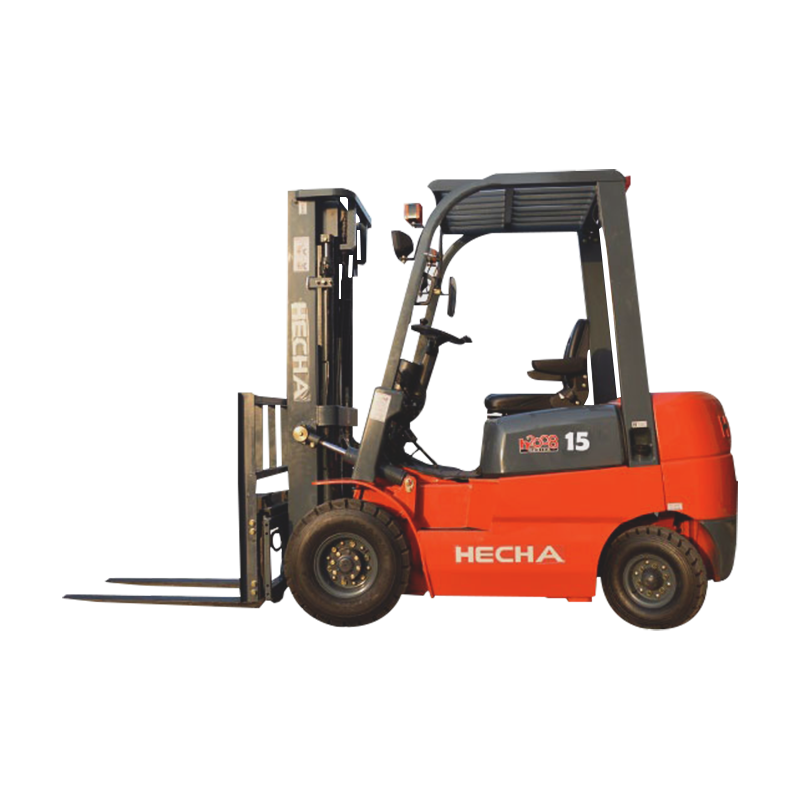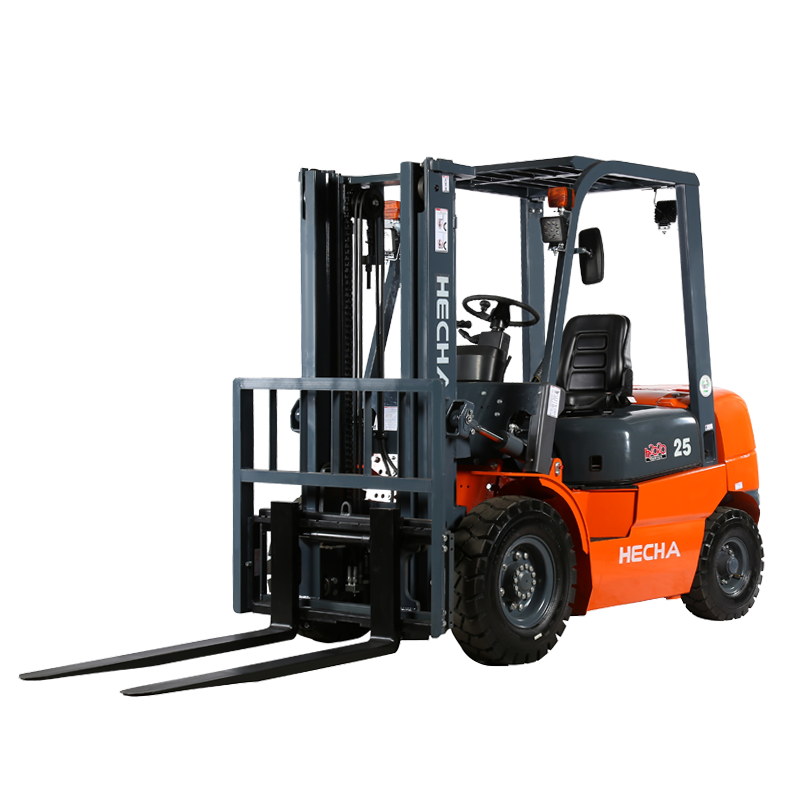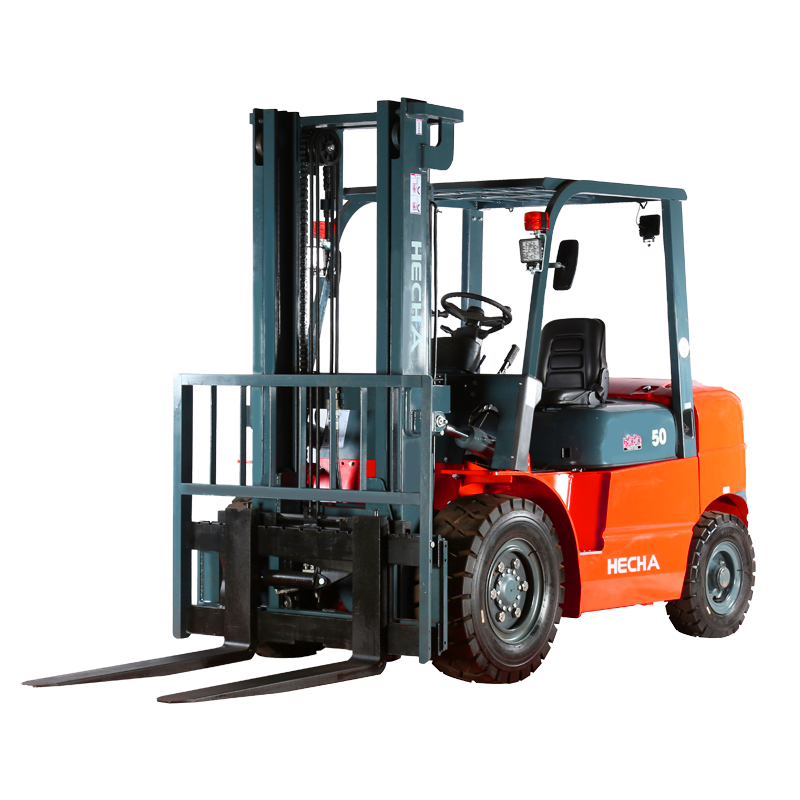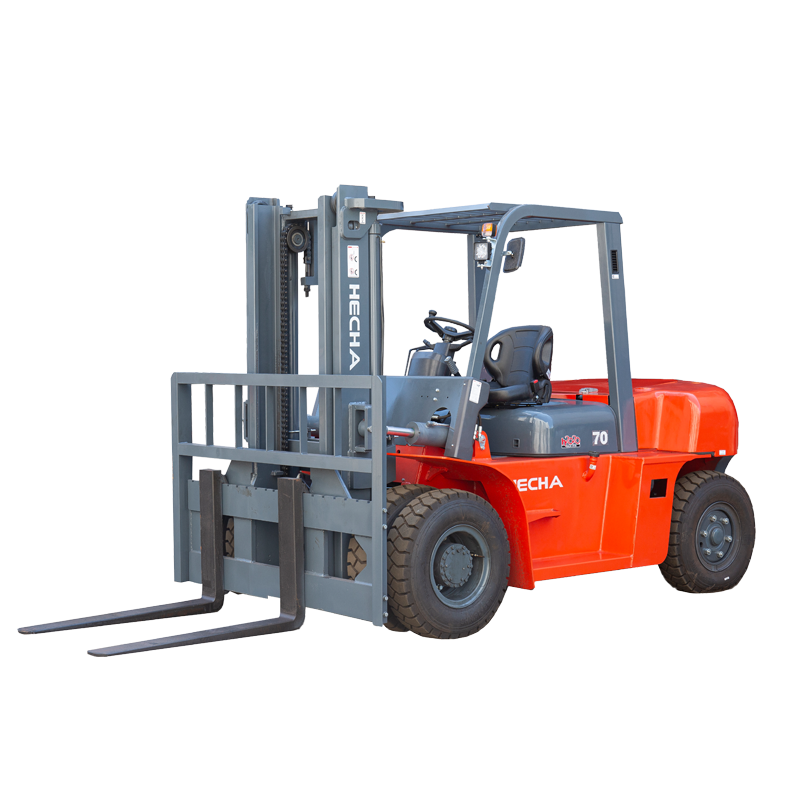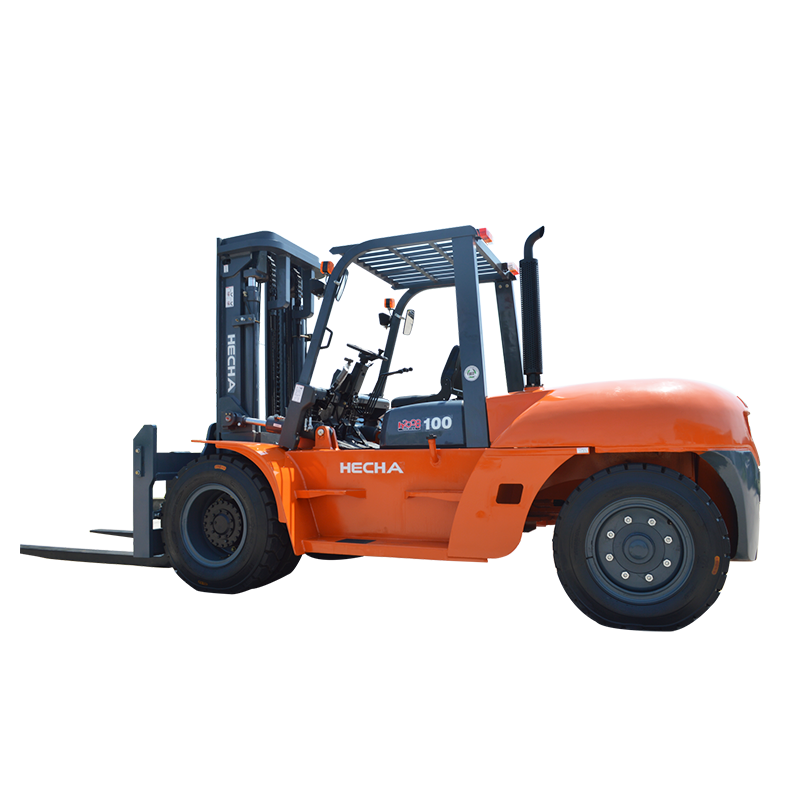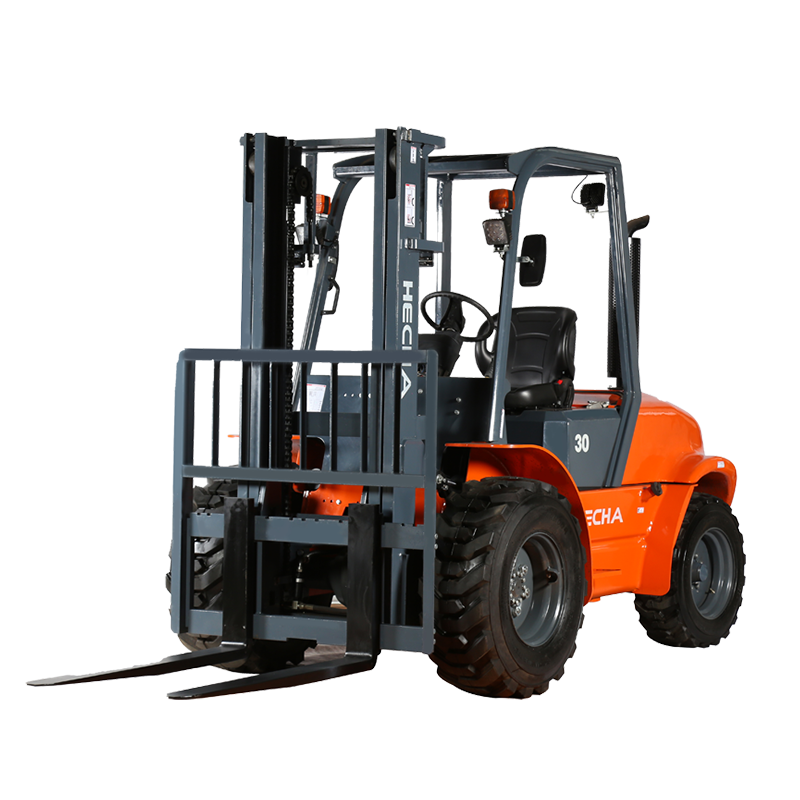The electric walkie pallet truck is an indispensable piece of equipment in modern warehouses, distribution centers, and manufacturing facilities. Its value lies in its ability to move heavy palletized loads efficiently and ergonomically, reducing physical strain on operators and increasing overall productivity. However, the heart of any electric walkie pallet truck is not its motor or its forks, but its battery. The choice of battery technology fundamentally dictates the truck’s performance, operational cost, and long-term viability within your material handling fleet. The decision between traditional lead-acid and advanced lithium-ion power is one of the most critical considerations for any operation.
Understanding the Core Technologies
Before delving into a direct comparison, it is essential to understand the basic principles behind each battery technology. Both function as energy storage units but do so through fundamentally different chemical and physical means, which directly influence their performance characteristics.
Lead-Acid Batteries: The Established Workhorse
Lead-acid technology is the traditional power source for industrial equipment, having been used for decades. Its operation is based on a simple electrochemical reaction between lead plates and a sulfuric acid electrolyte solution. These batteries are known for their robustness and predictable performance. There are two main subtypes relevant to an electric walkie pallet truck: flooded (or wet) lead-acid and valve-regulated lead-acid (VRLA), which includes Absorbent Glass Mat (AGM) and Gel varieties. VRLA batteries are more common in modern applications due to their maintenance-free design and reduced risk of acid spillage. However, they require a dedicated charging area and a strict watering and equalizing charge schedule to maintain health and longevity. The total cost of ownership for lead-acid extends beyond the initial purchase price, encompassing these maintenance routines, energy consumption, and eventual replacement costs.
Lithium-ion Batteries: The Modern Innovator
Lithium-ion technology represents a significant advancement in battery science. It utilizes lithium ions moving between a graphite anode and a lithium metal oxide cathode. This chemistry offers a higher energy density, meaning more energy can be stored in a smaller, lighter package. For an operator using an electric walkie pallet truck, this translates into longer runtimes and the possibility of a lighter overall machine. A key feature of this technology is the integrated Battery Management System (BMS). This electronic system acts as the brain of the battery, constantly monitoring its state, regulating temperature, controlling charge and discharge rates, and preventing harmful states like deep discharge or overcharging. This intelligence is a primary driver behind the performance and safety advantages of lithium-ion power.
A Detailed Comparative Analysis: Lithium-ion vs. Lead-Acid
This section breaks down the critical factors that influence the purchasing and operational decision, providing a clear side-by-side evaluation.
Initial Purchase Price and Total Cost of Ownership (TCO)
The most immediate and noticeable difference is the initial capital outlay. Lead-acid batteries have a significantly lower upfront cost compared to lithium-ion equivalents. This lower entry point often makes them an attractive option for businesses with strict immediate capital constraints or for operations with very low utilization rates. However, making a decision based solely on purchase price is often a short-sighted approach. A more accurate financial picture emerges when evaluating the total cost of ownership.
Lithium-ion batteries, while more expensive initially, typically offer a far superior TCO over their lifespan. This is due to several factors: their longer lifespan, which can be three to four times that of a lead-acid battery; drastically reduced energy costs for charging; and the complete elimination of maintenance costs like watering, equalizing charges, and acid neutralization. Furthermore, their opportunity charging capability means they do not require a bank of spare batteries and change-out equipment, freeing up capital and floor space. When these factors are calculated over a five to seven-year period, the return on investment for lithium-ion frequently becomes compelling.
Operational Performance and Productivity
The performance of the battery directly impacts the productivity of your material handling flow.
Runtime and Power Delivery: A lithium-ion battery maintains a consistent voltage level throughout almost its entire discharge cycle. This means an electric walkie pallet truck will perform with full power and speed from the beginning of a shift until the battery is nearly depleted. In contrast, a lead-acid battery experiences a gradual voltage drop from the moment it is disconnected from the charger. This results in noticeably diminished performance—slower travel and lift speeds—as the shift progresses, potentially creating bottlenecks during peak activity. The higher energy density of lithium-ion also allows for longer operation between charges, supporting extended or multiple shifts.
Charging Time and Methodology: This is arguably one of the most significant operational advantages. Lithium-ion batteries support opportunity charging. This means an operator can plug in the electric walkie pallet truck during any short break, lunch hour, or between tasks without harming the battery. A 15- to 30-minute charge can provide several additional hours of operation. A full charge typically takes only 2-3 hours. Lead-acid batteries require a full, uninterrupted charging cycle of 8-10 hours, followed by a prolonged cooling-down period before use. Using a lead-acid battery before it is fully charged and cooled can cause permanent damage and significantly shorten its life through a process called sulfation. This mandatory charging routine often necessitates the purchase of two or even three batteries per truck to ensure continuous operation, adding to the overall cost and complexity.
Maintenance and Safety Requirements
The daily upkeep of your power source has implications for labor, safety, and facility design.
Maintenance Needs: Lead-acid batteries are high-maintenance assets. Flooded batteries require regular watering with distilled water to compensate for evaporation during charging. The terminals need to be cleaned and tightened to prevent corrosion, and specific gravity must be checked periodically. They also require periodic equalization charges to balance the cells. All these tasks require trained personnel and dedicated time, adding to the operational labor burden. Lithium-ion batteries are truly maintenance-free. There is no watering, no cleaning, and no need for equalization charges. The Battery Management System handles all cell balancing and health monitoring automatically.
Safety and Facility Considerations: Charging lead-acid batteries produces hydrogen gas, which is highly explosive. Therefore, they must be charged in a well-ventilated, dedicated charging room designed to prevent the accumulation of gas. This room must have eyewash stations, acid spill kits, and special flooring. The batteries themselves are heavy and require specialized equipment for changing, posing an ergonomic risk to employees. Lithium-ion batteries do not emit hazardous gases during charging. They can be charged anywhere, even in the middle of an aisle, eliminating the need for a dedicated charging room and its associated infrastructure costs. Their sealed construction poses no risk of acid leaks.
Lifespan and Long-Term Value
The definition of “lifespan” differs between the two technologies. A lead-acid battery’s life is typically measured in total charge cycles—usually between 1,000 and 1,500 full cycles before its capacity degrades to a point where it must be replaced. Depth of discharge also greatly affects its lifespan; frequently draining a lead-acid battery below 50% capacity will drastically shorten its life.
Lithium-ion batteries offer a much longer service life, commonly rated for 3,000 to 5,000 full cycles. More importantly, they can be deeply discharged daily without adverse effects, allowing operators to utilize nearly 100% of the rated capacity. Even after thousands of cycles, a lithium-ion battery will often retain a much higher percentage of its original capacity than a lead-acid battery at the end of its life. This extended and more usable lifespan is a cornerstone of its value proposition, ensuring the electric walkie pallet truck remains operational for longer periods before a costly battery replacement is needed.
Environmental Impact and Sustainability
Modern businesses are increasingly considering the environmental footprint of their operations. In this regard, lithium-ion batteries hold a clear advantage. They are significantly more energy-efficient, losing less energy as heat during charging and discharging. Lead-acid batteries have a lower efficiency, meaning more electricity is wasted in the process.
At the end of their life, both battery types are recyclable. The lead-acid industry boasts a well-established recycling program with a very high recycling rate. However, the process of smelting lead is energy-intensive and can be polluting if not strictly controlled. Lithium-ion battery recycling is a newer and more complex process, but the industry is rapidly scaling up. The valuable materials inside, such as lithium, cobalt, and nickel, create a strong economic incentive for recycling. The longer life of lithium-ion also means fewer physical batteries are entering the waste stream over time.
Decision-Making Framework: Which Battery is Right for Your Operation?
There is no one-size-fits-all answer. The optimal choice depends on a careful analysis of your specific operational patterns and financial calculations.
When Lead-Acid Might Be the Preferable Choice
- Capital Budget Constraints: If the upfront purchase price is the absolute primary and limiting factor, and future operational savings cannot be considered.
- Low Utilization Rates: For an electric walkie pallet truck that is used only for a few hours per day or sporadically throughout the week, the advanced features of lithium-ion may not realize a sufficient return.
- Existing Established Infrastructure: Operations that already have a fully equipped and compliant battery charging room and trained personnel may find it more economical to continue with the existing system for a limited time.
When Lithium-Ion is the Recommended Choice
- Multi-Shift or High-Throughput Operations: Facilities running 16/7 or 24/5 will benefit enormously from opportunity charging, eliminating battery change-outs and downtime.
- Focus on Total Cost of Ownership and ROI: Businesses that analyze financials beyond the initial price will find the long-term savings on maintenance, energy, and replacement batteries compelling.
- Space Optimization Needs: Eliminating the need for a battery room and spare batteries frees up valuable floor space for storage or production.
- Enhanced Productivity and Performance: Operations where consistent power and speed throughout the shift are critical to meeting throughput targets.
- Improved Workplace Safety and Ergonomics: Companies prioritizing the reduction of hazardous areas (charging rooms) and manual handling risks (battery changing).

 English
English 中文简体
中文简体 русский
русский Français
Français Español
Español

